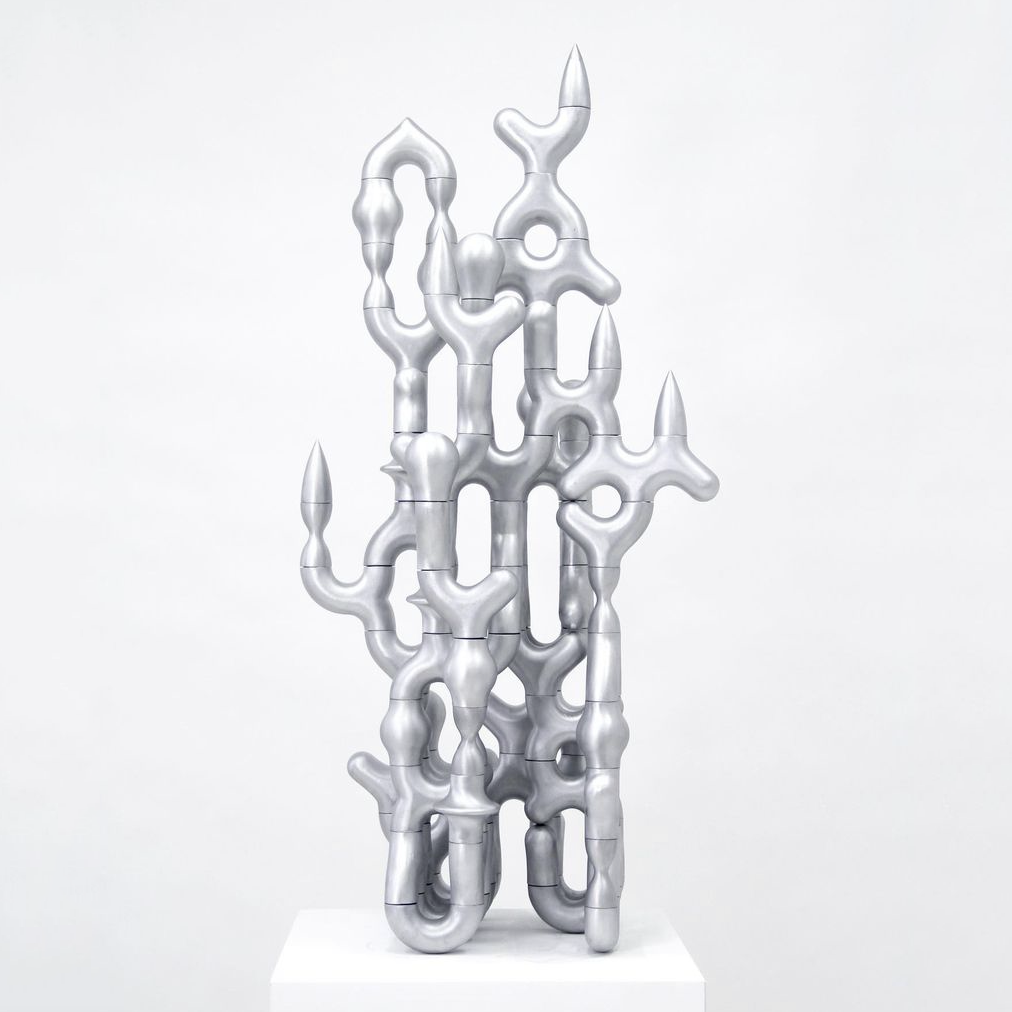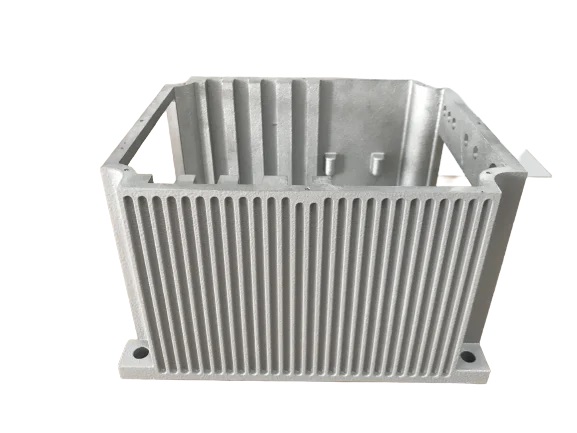The future of Aluminum Metal Casting and its growth in global manufacturing
Wiki Article
Comprehensive Overview to the Uses and Production Techniques in Aluminum Foundry Operations
The comprehensive guide to light weight aluminum factory operations presents vital insights right into the varied applications of light weight aluminum throughout various industries. It systematically analyzes essential production strategies, thawing processes, and molding approaches that add to precision and high quality. Furthermore, the guide highlights the significance of finishing procedures that boost both mechanical residential properties and look. Comprehending these elements is important for anybody associated with aluminum manufacturing, raising inquiries regarding best methods and technologies in the area.Review of Aluminum Spreading Applications

In addition, the construction industry benefits from light weight aluminum castings in building aspects and architectural elements, providing sturdiness and resistance to deterioration. Durable goods, such as cooking equipment and home appliances, additionally utilize aluminum spreadings for their warmth conductivity and aesthetic charm. The electronic devices industry relies upon aluminum for housings and warmth sinks, guaranteeing effective thermal monitoring. In general, light weight aluminum spreading's flexibility allows it to meet varied market needs efficiently, strengthening its relevance in modern manufacturing methods.
Trick Production Techniques in Aluminum Factory
In the domain name of light weight aluminum foundry operations, various production methods play an essential duty in forming the end products that offer diverse markets. aluminum foundry. Secret methods consist of sand spreading, die casting, and financial investment spreading, each offering distinctive benefits based on the application requirementsSand spreading utilizes a mix of sand and binder to create mold and mildews, permitting complicated geometries at lower costs. Pass away casting, on the other hand, uses high-pressure shot of molten aluminum right into steel mold and mildews, making certain accuracy and a smooth surface finish, perfect for high-volume production. Investment casting offers extraordinary dimensional precision and surface area quality, making it ideal for detailed designs.
Additionally, methods such as irreversible mold and mildew casting and gravity die casting even more improve the flexibility of light weight aluminum factory procedures (Aluminum Casting). Each method is chosen based on elements like manufacturing volume, part intricacy, and material homes, guaranteeing positive end results across numerous applications
Thawing Processes and Temperature Control
Reliable melting processes and precise temperature control are fundamental for accomplishing ideal aluminum shop procedures. The melting of aluminum typically involves various approaches, including crucible melting, induction melting, and rotating melting, each with its own benefits and applications. Crucible melting is frequently utilized for small sets, while induction melting supplies efficient home heating and consistent temperature distribution.
Molding Methods for Accuracy Castings
Grasping molding techniques is vital for generating accuracy spreadings in aluminum factory procedures. Different approaches, such as sand, investment, and pass away spreading, play a vital function in attaining preferred tolerances and surface area coatings. Sand casting, as an example, makes use of a combination of sand and binder to create mold and mildews, permitting big components and elaborate layouts. Investment spreading, on the various other hand, makes use of wax patterns that are coated in ceramic product, resulting in very detailed and specific forms. Pass away casting uses high-pressure shot of liquified light weight aluminum into metal molds, guaranteeing constant measurements and fast manufacturing rates.Each technique has its advantages and is chosen based on elements such as intricacy, quantity, and mechanical buildings needed. Effective mold style, including venting and gating systems, further boosts the top quality and precision of the ended up item. Understanding these molding strategies makes it possible for shops to fulfill specific sector requirements and improve general operational effectiveness.
Ending Up Processes to Improve Aluminum Parts
Ending up procedures play a critical role in enhancing the performance and visual appeals of light weight aluminum parts. These procedures, which comply with spreading, goal to improve surface area high quality, corrosion resistance, and mechanical properties. Usual methods include machining, which improves measurements and surface finish, and sprucing up, which enhances aesthetic charm by creating a smooth, reflective surface area.Plating is another considerable procedure, supplying a sturdy oxide layer that secures versus wear and deterioration while allowing for shade personalization. Furthermore, powder finishing uses a variety of colors and coatings, making sure both protection and aesthetic enhancement.
In many cases, parts might undertake shot blowing up to remove impurities and enhance attachment for succeeding finishes (aluminum casting company). In general, these finishing processes are crucial for making the most of the performance and life expectancy of light weight aluminum parts, making them ideal for varied applications throughout different sectors
Frequently Asked Concerns
What Precaution Are Essential in Light Weight Aluminum Factory Procedures?
In light weight aluminum factory operations, vital precaution consist of individual safety equipment, correct air flow, fire avoidance protocols, normal navigate to this website equipment upkeep, training for workers on hazards, and maintaining clear emergency situation procedures to assure a safe workplace.Just How Do Ecological Laws Effect Aluminum Foundries?
Ecological regulations significantly impact aluminum foundries by imposing requirements for discharges, waste administration, and source consumption. Conformity typically demands financial investments in cleaner procedures and innovations, ultimately influencing functional expenses and production efficiency within the sector.What Profession Opportunities Exist in Aluminum Shop Workflow?
Various job chances in light weight aluminum factory operations consist of roles such as shop professional, mold and mildew designer, quality assurance examiner, procedure engineer, and manufacturing manager, each adding to effective production and ingenious processes within the market.Just How Is High Quality Control Achieved in Aluminum Casting?
Quality assurance in aluminum spreading is achieved with rigorous examinations, standard testing treatments, and making use of innovative innovations. Normal monitoring of temperature, make-up, and dimensional accuracy assurances items meet specified requirements and consumer requirements.What Are the Typical Issues in Aluminum Castings and Their Causes?
Typical issues in aluminum spreadings include surface area, porosity, and shrinkage roughness. Causes usually stem from improper mold style, insufficient putting methods, and contamination, influencing the total integrity and performance of the end product.The substantial overview to light weight aluminum foundry operations provides crucial understandings published here into the varied applications of aluminum across various industries. Light weight aluminum spreading plays a necessary function in different markets due to its flexibility and click to read more beneficial residential or commercial properties. Die spreading, on the various other hand, utilizes high-pressure injection of molten light weight aluminum right into steel molds, guaranteeing accuracy and a smooth surface area finish, ideal for high-volume production. Additionally, strategies such as irreversible mold casting and gravity pass away casting additionally improve the flexibility of light weight aluminum factory operations. Understanding molding strategies is necessary for creating accuracy spreadings in aluminum shop operations.
Report this wiki page